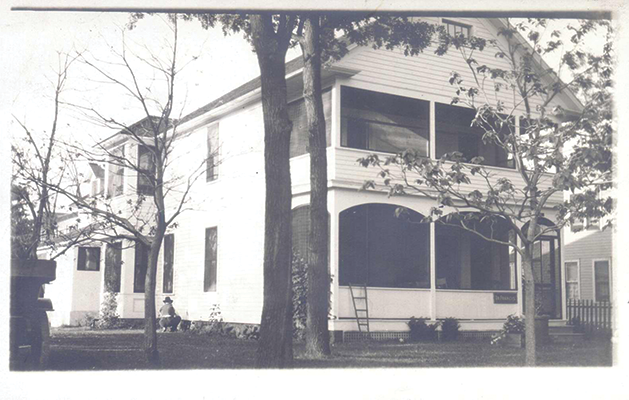
The town of White Bear was formed in 1858, as Minnesota became a state. The village of White Bear was incorporated out of the town in 1881, and within just a few years, both had formed a Board of Health. The state of Minnesota had only done so in 1872, and soon encouraged local municipalities to follow suit. The major purpose of each local Board of Health was to regulate and inform the public of health risks, such as communicable diseases or unsanitary conditions relating to garbage and sewage within their boundaries. Local doctors, including S.O. Francis, Mary Hopkins and H. Roman, took turns serving as the health officer.
For many years, rabid dogs and other animals posed a common threat, as well as diseases such as scarlet fever and influenza. The members of the Board of Health were responsible for enforcing animal control and quarantines for those infected. By 1910, the urgent need for efficient sewage systems was apparent in the fight to control disease. In 1913, proper ventilation in public buildings was a hot topic.
As the nation went to war in Europe in 1918, those at home were fighting the influenza pandemic; across the nation, nearly one-quarter of Americans became ill with the flu. Nearly 700,000 deaths were blamed on the pandemic from 1918 through 1919. Initially, the health officials were not particularly concerned as the flu began to spread. But it quickly became apparent this was no regular virus.
By the fall of 1918, precautions were being taken to isolate those infected. Eventually, churches and other places where people gathered were ordered closed to contain the spread of the disease. It is believed by some historians that more people died from influenza than in battle during the war.
Sara Markoe Hanson is the executive director of the White Bear Lake Area Historical Society. She will be sharing history thoughts monthly.
For more information on the White Bear Board of Health, visit the website here or call 651.407.5327.









